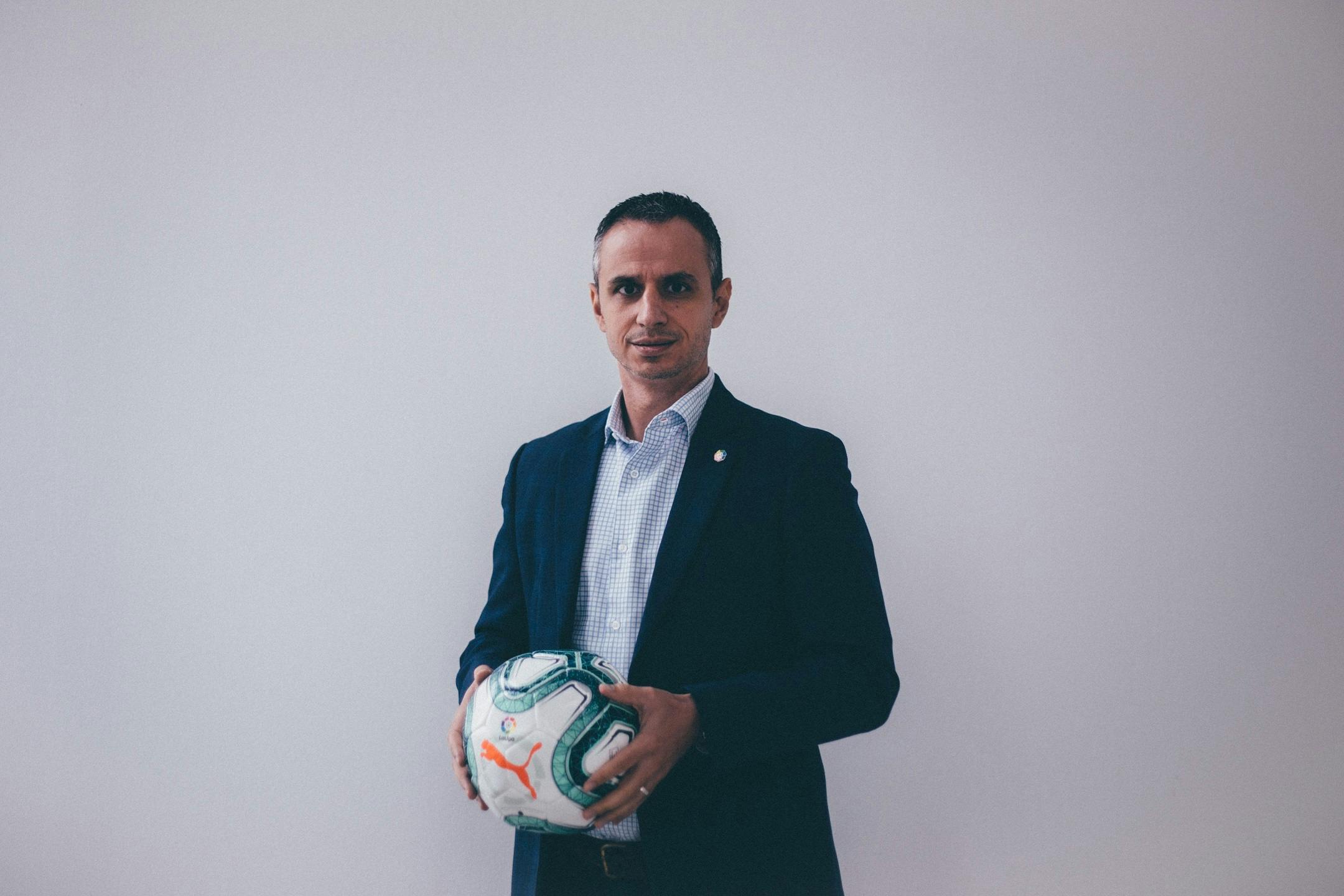
Football’s ‘Benjamin Button’ Zlatan Ibrahimović famously said in 2016 that “age is just a number your head decides”. Often referring himself to fine wine, Zlatan has indeed gotten better with age and defied conventions, especially after turning 30.
Breaking the internet with his recent tease about returning to Spain, Zlatan has had his fair share of headlines, but scroll through the news recently and you will find that brands are increasingly turning to a motley crew of youths less than half of Zlatan’s age.
With every passing year, enhancements in training development and methodologies have swung the door open for even younger challengers to etch themselves in the history books, with sizeable endorsements alongside.
Some of the brightest starlets to have grabbed global sporting attention recently have come from Asia. Tennis prodigy Naomi Osaka became the first Japanese player to contest and win a grand slam singles title, becoming the first Asian player to be ranked No. 1 in the world and becoming one of the most marketable female athletes anywhere in the process. She is reported to have earned an estimated $16m in endorsements alone during 2019. She has just turned 22 years old.
Similarly, Japanese footballer Takefusa Kubo is looking to build his legacy. His unveiling for RCD Mallorca, on loan from Real Madrid, reached 1.3 million views and is the tweet with the most interactions on Mallorca’s account ever, with over 30 thousand interactions. Similar to the meteoric rise of his former La Masia teammate Ansu Fati, 18-year-old Kubo was fast tracked at almost every opportunity. He played at the U20s World Cup at just age 15, became the youngest ever player and scorer in the J-League, and the second youngest to don the Samurai blue jersey.
Is all of this global attention and brand association good for such young talents? I would argue the latter is essential because of the former.
The accelerated pathway for starlets that burst onto the scene is one that is not new. As a former Ice Hockey athlete, I too was accelerated through the national set up, playing in the first division at just 16, and being in the senior Spanish national team at 18, ultimately earning the honor of captaining the squad in the World Cup. With the world under my feet, the reality of having experienced that rapid rise made it difficult to maintain the same hunger to continue striving towards achieving other goals. As an athlete of a niche sport in my country, another gaping hole was always that of a brand partner willing to walk alongside me.
In appreciation of the fleeting nature of such sporting careers, brands who have an eye on the next big thing need to understand their role in empowering, shaping and in plotting the course of-and-for these youth athletes.
Beyond the allure and idée fixe of unearthing a diamond in the rough, sponsorships for youths take on a different form – a badge of honor; an affirmation that they have reached a certain level; an announcement to the greater collective that the athlete is a force to be reckoned with. The brand then transcends just being a sponsor and becomes a contributor to the athlete’s journey, especially when consumers are able to resonate with them. When brands help to write their stories, you become part of it.
Similarly, any brand that genuinely enhances the journey or experience of consumers through sports partnerships becomes part of that passion-based experience. The relationship created between the brand and consumers helps to appeal to ‘high valence emotions’ that ultimately can impact sales. Take Deliveroo, a relatively young brand player in the realm of Sports sponsorships – their association to football makes sense because Deliveroo’s food delivery service further augments the experience of watching a form of entertainment that fans already thoroughly enjoy.
When weighing up the decision to partner with an up-and-coming sports property/athlete or jump onto an existing bandwagon, brands like these have to keep in mind the investments to activate said partnership. The decision depends largely on both the short- and long-term goals. The far-reaching impact of passion or value-based marketing through sports partnership is one that isn’t easily directly measured, but akin to farming, they need nurturing, and the fruits of your labor are not entirely visible until the crops are eventually harvested in the long run.
For brands seeking to dip their toes into Asia or associate themselves with Asian sporting stars, the ball game here is largely different, with local market expertise and cultural relevance of high importance. Leave the training wheels on for the time being and seek brand ambassadors or partners who are comfortable with that, who wish to grow alongside you, and ultimately able to write that timeless story of growth and success together.
While the Chinese corporate giants splashed a total of $835m at the 2018 world cup as compared to only one Chinese brand the previous world cup, that level of investment is reserved for established companies with an eye on explosive growth and globalization. Beyond the consumer-facing success, brands like Hisense and Vivo have also looked to sports marketing as laying a sound base for business negotiations through increasing their reputation and resulting credibility.
For a fledgling company looking to stamp their mark on the business world, sports partnerships are unique opportunities in themselves – as it allows for long-term brand building, while providing value and inventive for short-term sales increment and exponential brand growth.